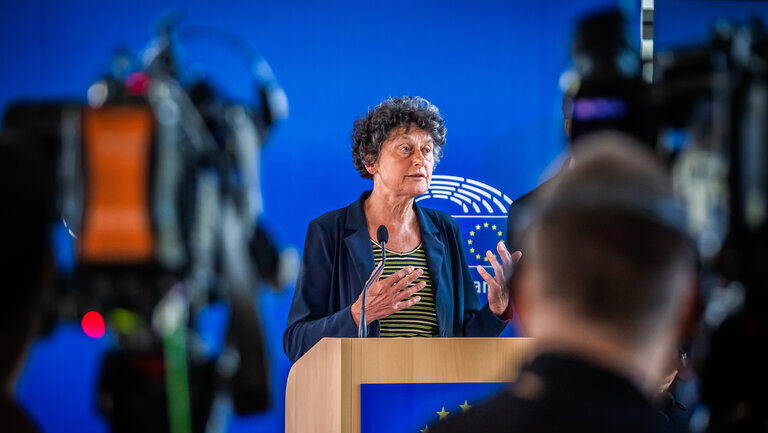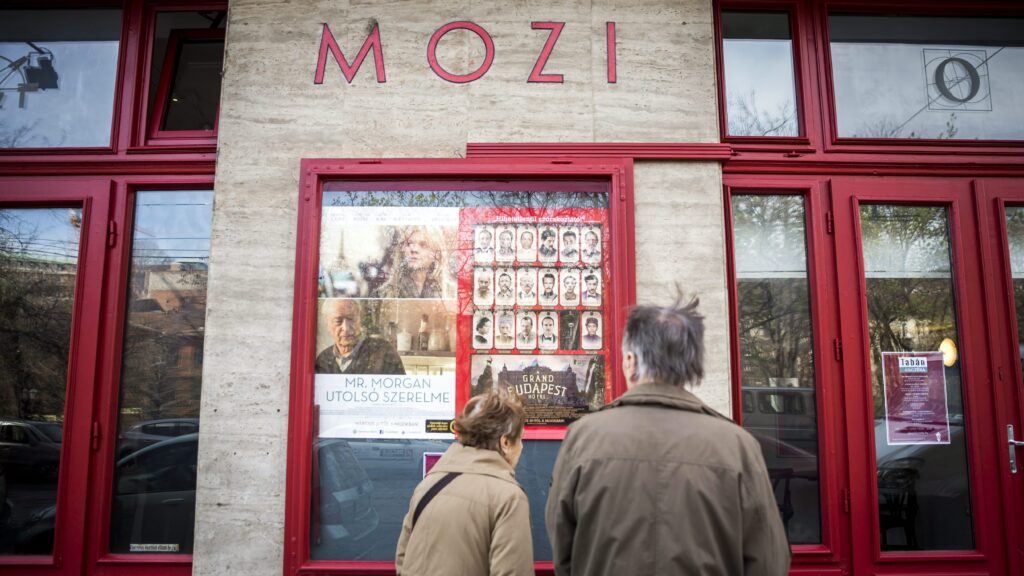Hungary’s tourism industry saw an exceptional year in 2024, with record visitor numbers and a substantial economic boost, according to National Economy Minister Márton Nagy. Speaking at the 32nd Tourism Season Opening Gala in Budapest, Nagy emphasized that the sector had become a crucial force in the country’s economy, significantly contributing to GDP growth.
The minister announced plans to establish a tourism-focused bank by autumn 2024, which will operate through the Tourinform office network to process loan applications. This initiative aims to strengthen the financial foundation of the sector, with the first loan programmes set to launch concurrently.
Tourism in Hungary exceeded expectations in 2023, with 18 million visitors recorded—an 11 per cent increase from the previous year—alongside 44 million overnight stays, up by 6 per cent. Revenues in the accommodation sector rose by 16 per cent to 1,050 billion forints, while restaurants and hospitality businesses saw an 11.2 per cent increase, reaching 2,005 billion forints. These figures place Hungary among the top performers in the EU regarding overnight stay growth.
International travel to and from Hungary also saw significant growth. In December alone 250,000 more Hungarians travelled abroad compared to the previous year, while inbound tourism increased by 17 per cent. In January 2024 a further 20 per cent increase was recorded in inbound travel, with Budapest experiencing an even higher rise of 30 per cent.
Nagy highlighted the importance of Budapest Airport’s recent repurchase and its role in strengthening Hungary’s economic and tourism ambitions. He expressed high expectations for increased passenger traffic and revenue generation. Plans are also underway to introduce direct flights between major US cities and Budapest, with efforts to simplify visa regulations to facilitate easier travel.
The minister addressed recent regulatory changes in the tourism sector, including deregulation efforts and a consensus reached on short-term rentals. The government also introduced VAT exemptions and adjustments to service fees and tipping policies, aiming for a balanced and competitive industry framework. Further developments include the digitalization of the SZÉP card, Hungary’s popular tourism and leisure benefit system, and a support programme for three- and four-star hotels in Budapest. These measures align with Hungary’s goal of reaching 20 million visitors annually by 2030.
CEO of Budapest Liszt Ferenc International Airport François Berisot underscored the airport’s unprecedented success in 2024, setting all-time records in passenger and cargo traffic. The airport handled 17.6 million passengers and processed nearly 300,000 tonnes of air freight—a 48.8 per cent increase from the previous year. For the first time since the pandemic, Budapest Airport’s annual passenger traffic exceeded pre-COVID levels, with a 19.5 per cent increase compared to 2023. The October 2024 data showed the airport having recorded the highest growth rate among Europe’s 50 busiest airports. Currently, 43 airlines connect Budapest to 141 destinations worldwide, with London, Istanbul, Milan, and Paris ranking as the most popular. Chinese passenger traffic has nearly tripled, reflecting a growing interest in Hungary as a travel destination. To accommodate the rising demand, preparations have begun for the construction of a third terminal, ensuring high-quality service for future travellers.
CEO of Visit Hungary Olivér Csendes reported that domestic tourism also saw steady growth, with guest traffic increasing by 5.2 per cent and overnight stays by 2 per cent. The most popular gastronomic destination was the Great Market Hall at Fővám Square, while the Gozsdu Courtyard remained a key attraction for nightlife. For 2024, Visit Hungary aims to contribute 14.2 per cent to the country’s GDP and attract 1.3 million additional visitors, generating 4.1 million more overnight stays. The organization has developed a data-driven strategy targeting 13 key international markets and plans an expanded presence at international tourism fairs.
The annual Tourism Summit, scheduled for October, will serve as a major industry event, while a 400 million forint fund has been allocated to promote business tourism and attract large-scale conferences to Budapest.
Related articles:








